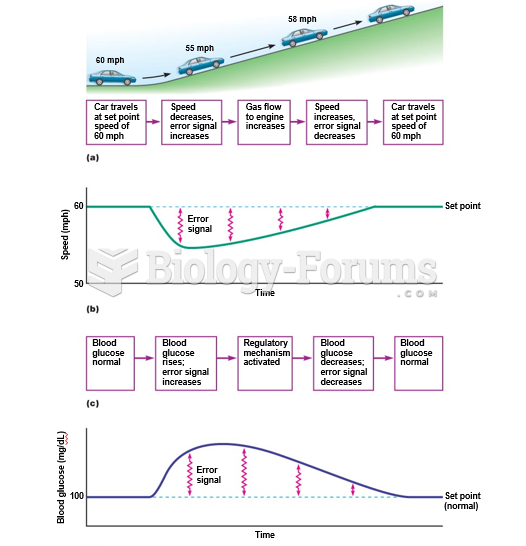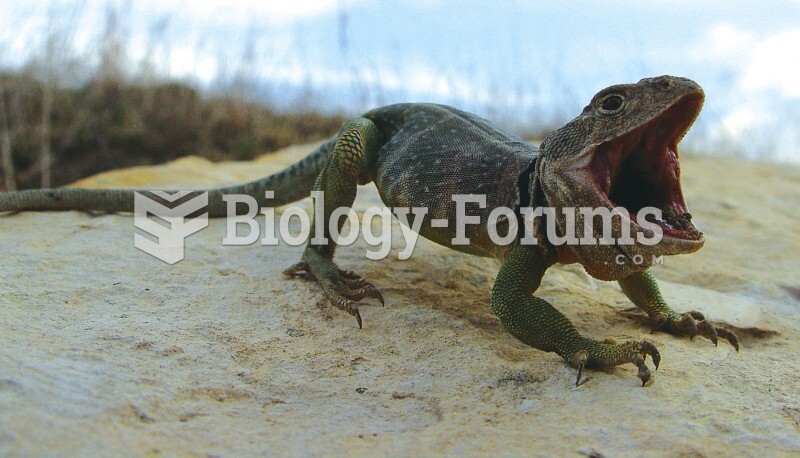Answer to Question 1
b
Answer to Question 2
One variable in question was the proximity of the victim in relation to participants. The
less physically separated they were, the less willing participants were to obey the
experimenter and administer the maximum shock voltage. When the victim was in the
same room as the participants, 40 percent of the participants fully obeyed, compared to
65 percent in the baseline condition where the victim was in an adjacent room. When
participants were required to physically grasp the victim's hand and force it onto a
metal shock plate, full obedience dropped to 30 percent. Physical separation from the
victim allowed participants to distance themselves emotionally from the consequences
of their actions, enabling them to obey the experimenter's orders. But the closer the
victim was to the participants, the more difficult it was for them to achieve this
emotional distance, and, therefore, the negative consequences of their actions were
impossible to ignore. Social impact theory offers a related explanation, one that
accounts for the effects of proximity in terms of the immediacy of the sources of
influence. Just as the experimenter is a source of influence on the participants, so, too,
is the victim a source of influence, albeit in an opposite manner. That is, the
experimenter influences the participants to obey, and the victim, by protesting and
crying out in pain, influences the participants to defy the experimenter's orders. The
more distant the victim is from the participant, the less immediate is this source of
influence, and, therefore, the less social impact it exerts.







